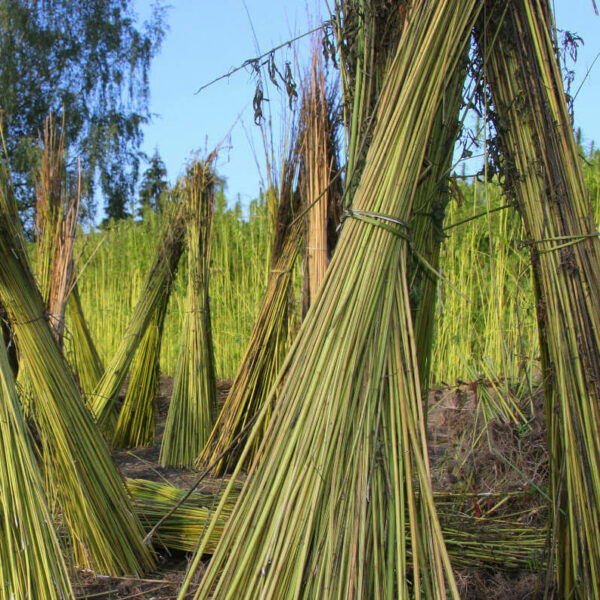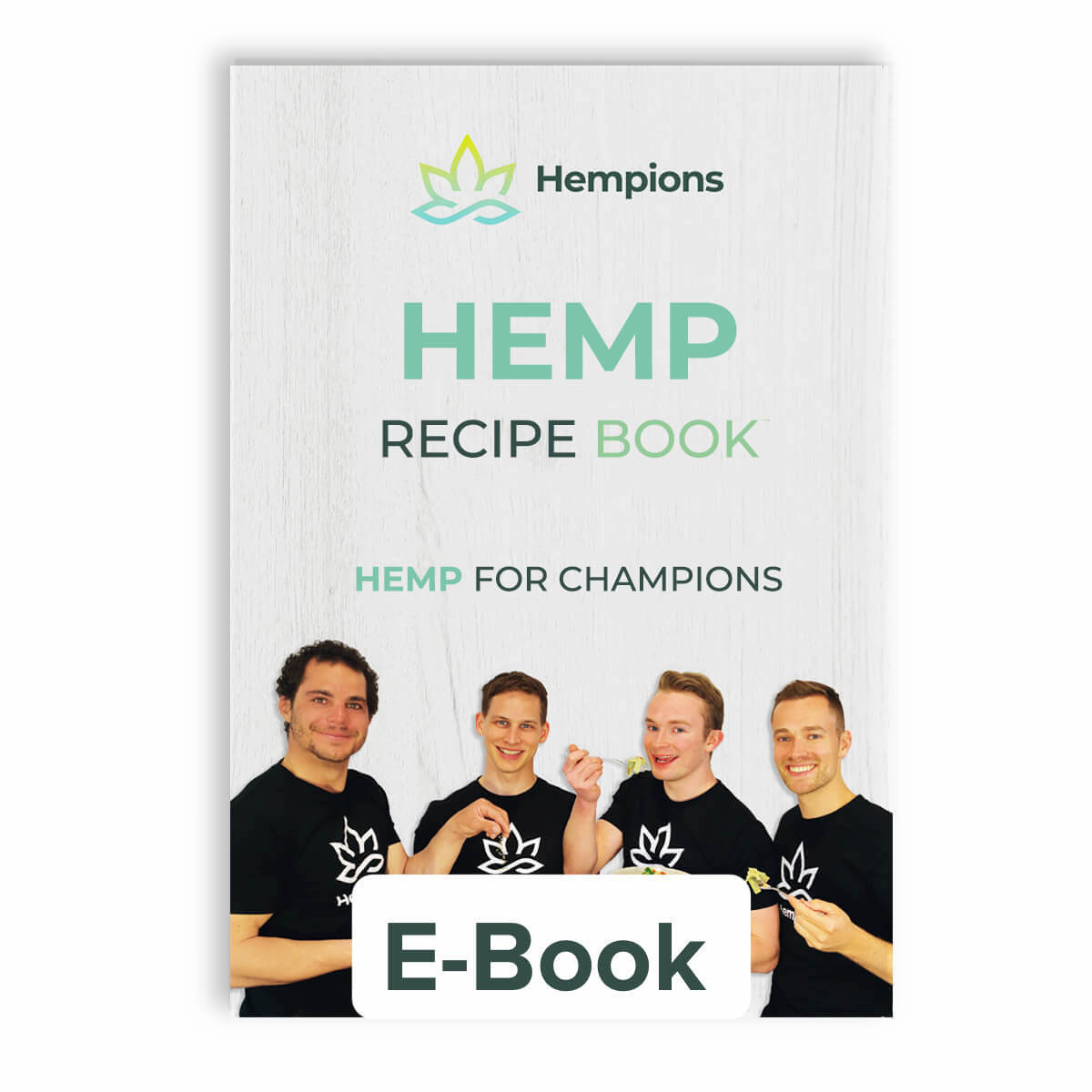"Hemp, you can only smoke it?" is the state of knowledge of many people. Large parts of our society associate hemp exclusively with addictive substances. What many people don't know is that hemp is probably the biggest multi-talent in the plant world is. Thus, hemp plants are among the best in class in many areas.
With this article we give you a basic overview of the many possibilities of the hemp plant.
Overview
The small seeds are real nutrient bombs and a particularly valuable part of the hemp plant. They consist mainly of valuable fats (mainly omega-3 and omega-6 fatty acids), a fatty acid that is particularly easy for humans to digest. Protein, vitamins, minerals and secondary plant substances. It is even claimed that a healthy person could live on hemp seeds alone for months without showing a single deficiency.. The most popular products are hulled hemp seeds, Hemp Oil and Hemp Protein.
In addition, hemp seeds are often added to animal food, a well-known example being bird feed.
In addition to food, the oil from the seeds is used as a basis for the production of cosmetics, paints, varnishes, lubricants and fuels.
[Image] Hemp inflorescence of the female plant from which the seeds develop.
Hemp flowers are probably the most popular part of the plant. The flowers have the highest concentration of cannabinoids such as Cannabidiol (CBD) or THC. The THC content of some flowers was also the reason why the plant was demonised for decades. Hemp flowers without significant THC content are the basis for countless medicinal applications. The mode of action of the various ingredients is not one hundred percent scientifically confirmed. Nevertheless, there are many studies and trials, especially on CBD. These document successes in various areas such as Pain therapy, cancer therapy, depression, multiple sclerosis (MS), stress, insomnia, menstrual cramps. and much more.
In addition, hemp flowers are popular in foods such as tea, spices and pastries.
The hemp roots penetrate deep into the soil and can thus absorb water and nutrients from deeper soil layers. The deep rooting also loosens the soil and can protect the subsoil from slippage and erosion. A major advantage of this dense root system is that it makes fewer demands on the soil and thus grows almost everywhere. Therefore hemp is suitable as Ideal preceding crop for the cultivation of other cropsn such as cereals, for example.
Hemp leaves are popular in two versions: dried as a Tea or nicotine-free tobacco substitute or powdered as leaf powder. Furthermore, fresh leaves also taste good in salads or in green smoothies. Excess leaves are often returned to the soil, thus ensuring a high nutrient content in the soil.
[Image] Gentle drying of hemp leaves for further processing
Hemp fibres are obtained by removing the shives from the stem of the plant and are particularly robust. Textiles made from hemp are essential more durable than cotton. Even the first Levi's Jeans was produced from hemp fibres. The great sailing ships of past centuries were equipped with hemp sails and hemp ropes are still popular today because of their tensile strength, but they are also used as a tough composite material, such as for the Frame of the unique bamboo wheels. Paper made from hemp fibres is also very resistant and pulp and shoes are also products made from the fibres of the hemp plant. Hemp fibres are also used for Reinforcement of moulded parts and are replacing the widely used carbon fibres in some areas. Furthermore, hemp fibres are also used in house construction as a Insulation material and as a replacement for bricks and other building materials.
Hemp shives (or also called wood) are contained in the stalks of the plant in addition to the fibres. Shives are called Animal litter, for paper production, as insulation material and used as a substitute for building materials. In addition, hemp hurds have great potential for the production of Biogas, bio-oil and biochar. In addition, biochar incorporated into the soil provides a CO2-negative balance through the cultivation of hemp.
Sources:
Influence of variety and location in hemp (Cannabis sativa L.) in whole plant use in the semi-arid production area, Dipl. - Ing. Klaus Ofner, 2014
The Emperor Wears No Cothes, Jack Herer, 1996

